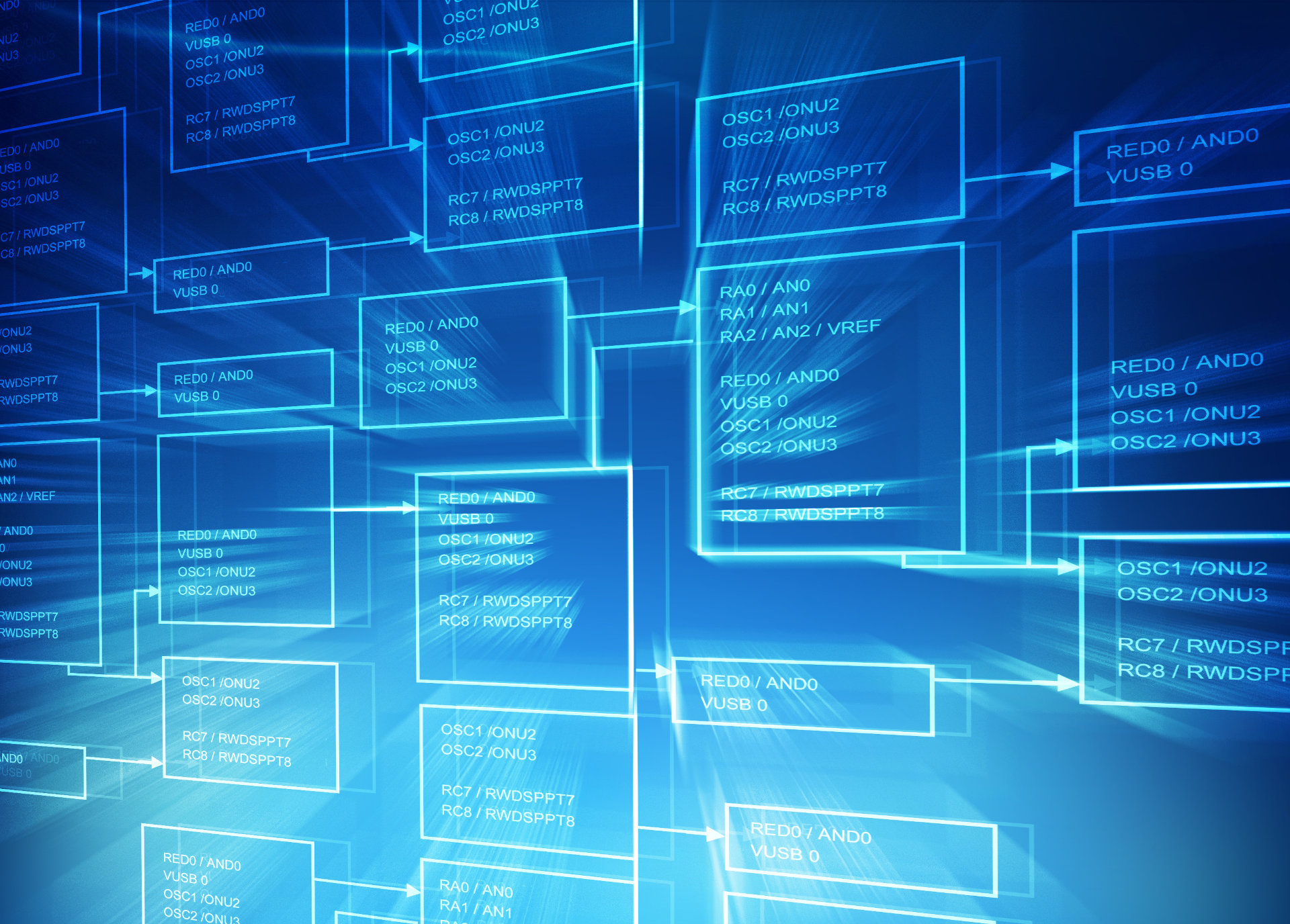Managed DevOps
24/7 Cloud Monitoring Essentials That Can Reduce Downtime

The cost of downtime is ticking upwards as time passes. The average cost of downtime is currently at USD $9,000 per minute, while organisations in healthcare, manufacturing, media, retail, and transportation could lose up to USD $5 million per hour. Organisations with cloud infrastructure are investing in 24/7 cloud monitoring and management to dramatically reduce the potential for downtime and its resulting costs.
Of course, the true cost of downtime is slightly more nuanced than just a couple of figures. The real danger of downtime lies in customer attrition. Our instant gratification online culture has led to an expectation of uninterrupted access to online products and services and a diminishing patience for load times. At the same time, the ease with which online real estate can be created and developed has created a highly competitive atmosphere where customers can buy the same product from different retailers. Where downtime occurs, customers are quicker than ever to look for alternatives and to talk about their experiences on social media platforms.
Key Components of 24/7 Cloud Monitoring
Real-time monitoring
Real-time monitoring refers to the tracking of performance metrics like CPU usage, memory usage, and network latency. It forms the backbone of an effective cloud management system since it helps DevOps to identify anomalies that can be addressed before they escalate. It also provides DevOps with the necessary information to efficiently manage resource usage. Netflix, for example, uses real-time monitoring to ensure seamless streaming experiences for millions of users globally.
Performance Metrics
Performance metrics refer to measurable resources. When usage of these resources is measured over time, they can provide an indication of the health and performance of cloud infrastructure, and whether proactive action is necessary to ward off issues that could result in downtime.
Some of the most common (and most important!) metrics include:
- CPU usage: Tracks the CPU usage of applications running on the server, and will indicate whether the CPU(s) is overburdened.
- RAM usage: Memory usage is tracked to ensure that there’s enough memory for current workloads. Tracking memory usage can also identify leaks or inefficient memory usage.
- DISK I/O: Keeping track of the DISK I/O (Input / Output) will show how hard storage media have to work to keep up with the demands of the system.
- Network latency: Latency refers to the time data takes to travel from point A to point B on a network. This information can be used to identify network bottlenecks. Severe bottlenecks can degrade the user experience, or even result in downtime.
- Network throughput: Where latency measures the time between point A and point B, throughput is the rate at which data is transferred, and provides insights into the network’s capacity to handle traffic.
- Error rates: Rather than focusing on individual errors, measuring error rates tracks the frequency with which those errors occur. High error rates can be indicative of potential issues such as bugs, configuration errors, resource limitations, and so on.
- Response time: This refers to the amount of time taken by an application or service to respond to a user request, and can be a direct indicator of the user experience. High response times can indicate performance issues that need to be addressed to ensure smooth and efficient service delivery.
- Service uptime: Uptime refers to the time a service or application is operational and available. It is measured as a percentage of a period of time (e.g. a year). Many organisations strive for the ‘five 9s’ of uptime, or 99.999%.
- Database performance: The performance of a database can be monitored for query performance, connection times, transaction rates, etc. This is important to ensure that databases can handle loads efficiently. It can also be useful to identify bottlenecks and performance issues.
- Log analysis: Keeps track of log files for unusual activity and errors. Log files typically provide insights into security incidents, operational issues, and help in forensic analysis if needed.
Security monitoring
Security monitoring is a broad spectrum of strategies and techniques that can be employed to detect threats and vulnerabilities. Much like real-time monitoring, security monitoring also strives to be proactive by connecting monitoring to response plans so that vulnerabilities can be patched, threats thwarted, and attacks mitigated. Some common security monitoring strategies include:
External PCI vulnerability scanning: External PCI vulnerability scans are an affordable way to scan a server or website for vulnerabilities as per the PCI DSS. The scan tests for thousands of potential vulnerabilities, not least misconfigured firewalls, malware hazards, remote access vulnerabilities, and even SQL injection vulnerabilities.
Patch management strategies come into play when vulnerabilities are identified. With hosting service providers like Storm Internet, the server or site is secured by our internal teams before being tested again.
Firewalls: Firewalls are perhaps the most well-known part of network security. It can either refer to a hardware device or a software application (in the case of a Web Application Firewall) that controls network traffic according to predetermined rules.
Intrusion Detection and Prevention Systems (IDPS): IDPS are used to detect and prevent unauthorised access as well as attacks. This is achieved by monitoring network traffic and systems for malicious activity and policy violations, and then either proactively blocking potential threats, or alerting administrators to their presence.
IDPS provides proactive security by detecting and preventing threats and so limiting any potential damage. Automated responses to threats also reduce the need for human intervention.
Access management: At its simplest, access management determines who has access and what actions they can perform. This includes the policies, procedures, and tools used to ensure that only authorised users can access specific data, applications, or services in a cloud environment. Access management is crucial to maintaining the security, integrity, and confidentiality of cloud resources.
On a more technical level, IAM is a framework of policies and technologies that control user authentication (verifies the identity of users via passwords, biometrics, MFA, etc.) and authorization (determines what a user can access and do once authenticated).
Log management
Log management refers to the collection, storage, and analysis of log data generated by cloud infrastructure and applications. Importantly, log management enables organisations to respond to anomalies and issues in real-time.
Log management typically includes centralised log collection from various sources in the cloud environment such as servers, applications, network devices, and security systems.
Log aggregation refers to the consolidation of log data into one unified platform that’s easier to search and navigate. This can be extended with log analyses and correlations that seek to identify patterns, trends, and anomalies that may indicate security incidents or operational issues.
Conclusion
Real-time monitoring, performance metrics, security monitoring, and log management are the essentials of cloud 24/7 cloud monitoring. But it’s not just about keeping the lights on—they’re about ensuring your business stays competitive. By integrating real-time monitoring, rigorous performance metrics, robust security measures, and comprehensive log management, you can minimise the risk of downtime and associated financial losses. As cloud environments continue to grow in complexity, the ability to monitor and manage these systems around the clock will become increasingly vital to sustaining business success.
Speak with a Storm Expert
Please leave us your details and we'll be in touch shortly
A Trusted Partner








